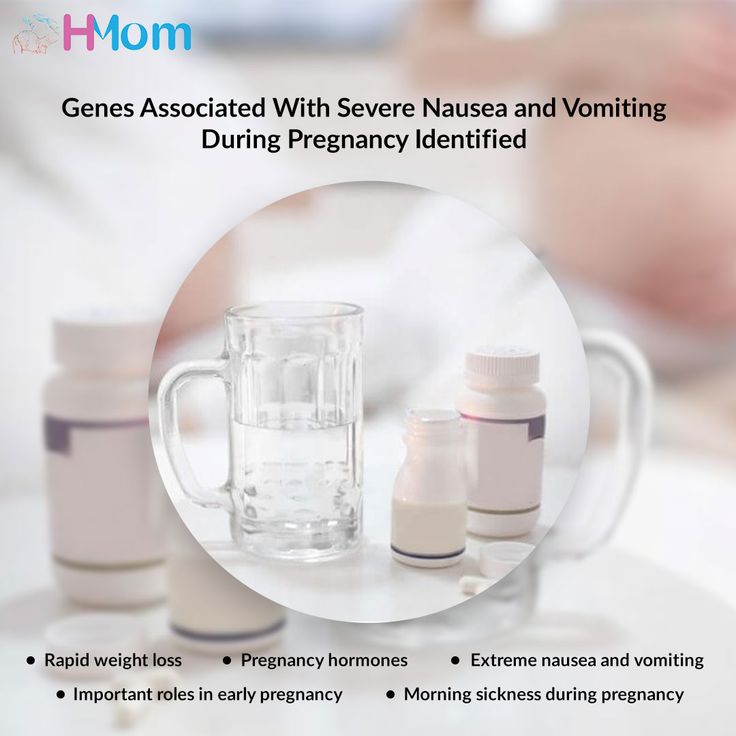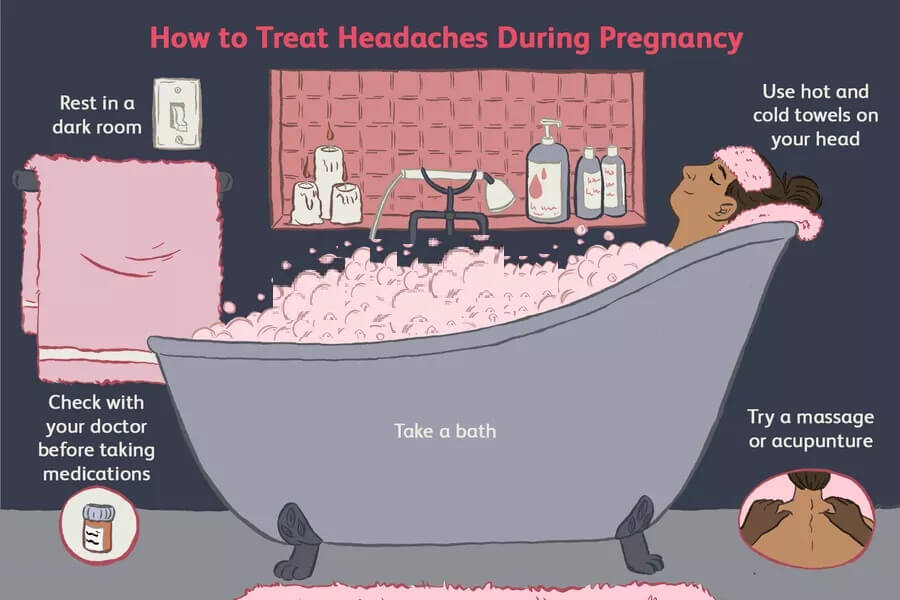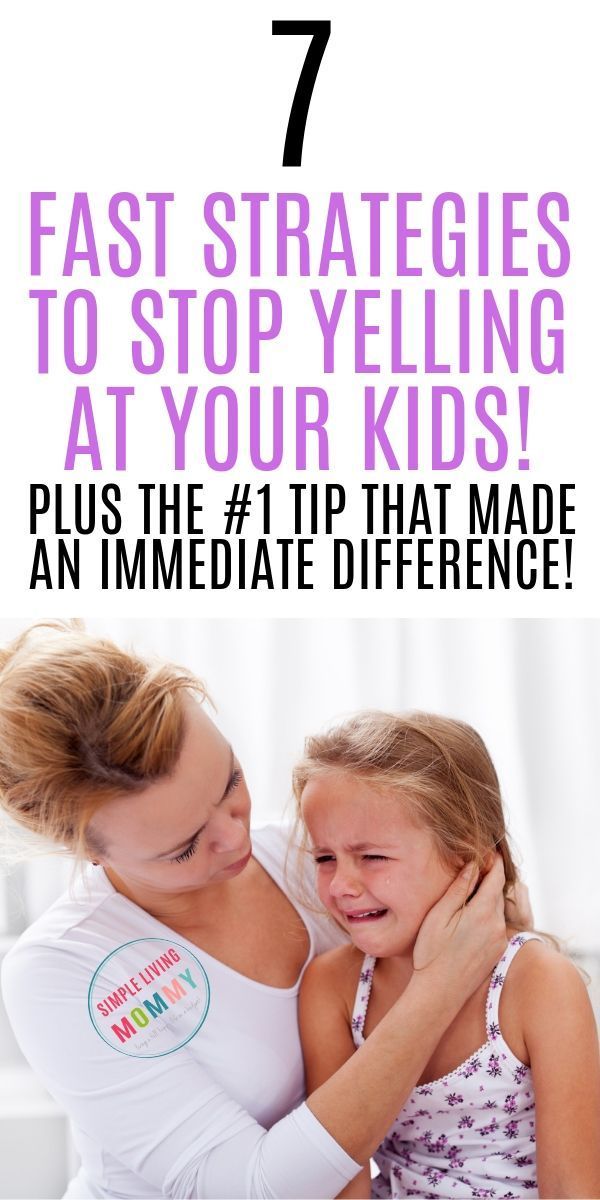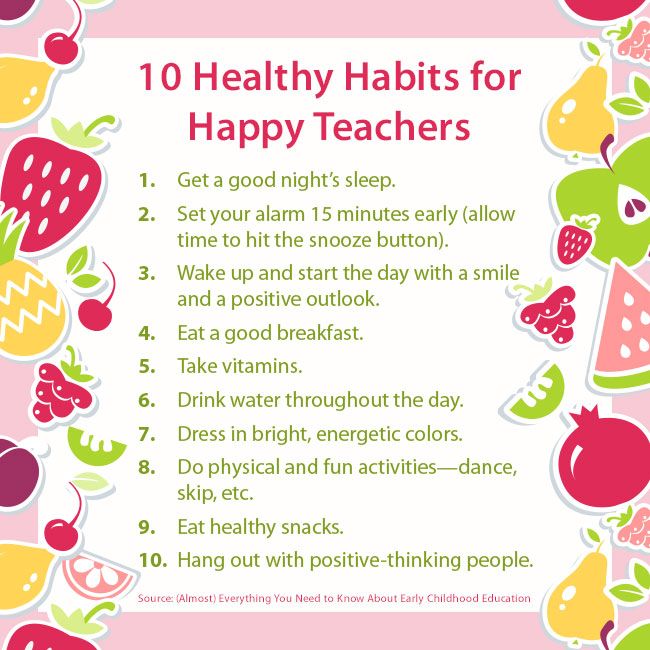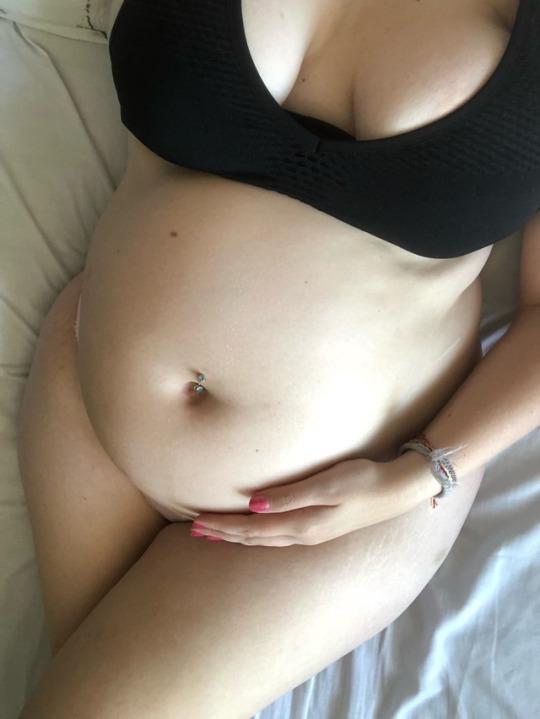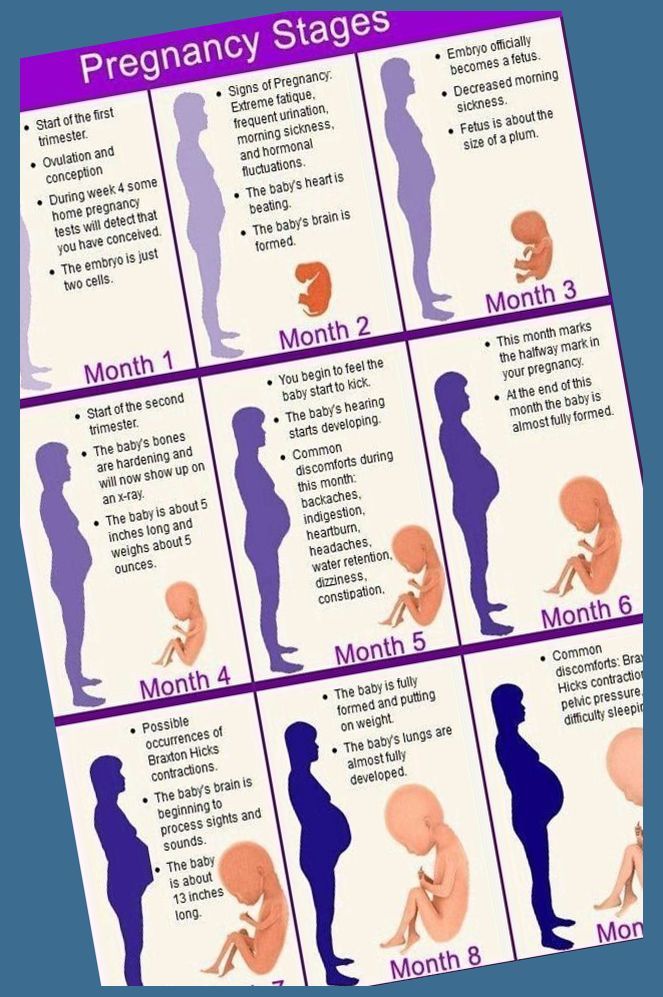Sleep in newborns eyes
Is My Baby’s Eye Discharge Normal?
Written by Nicole Blades
In this Article
- What’s Normal?
- When It’s Conjunctivitis
- When Treatment Is Needed
As the parent of a newborn, nothing beats staring lovingly into your sweet little bundle’s eyes. (Well, watching your baby sleeping soundly comes pretty close!) But what if when you look into your child’s eyes, you see that they have goopy, sticky discharge? Is it something to be concerned about?
What’s Normal?
First of all, take a breath, because sticky eye discharge in newborns is very common. If the white part of your baby’s eye -- the sclera -- is clear and there is no redness, but there is discharge, it’s most likely a blocked tear duct.
About 1 in 5 babies are born with tear ducts that haven’t fully developed. The blockage is usually in one eye but can be in both. It often clears up on its own. A warm compress can help, but if it lasts a long time, it might need surgery.
When It’s Conjunctivitis
Since a newborn hasn’t been around that long -- under 2 months -- it’s not common for them to get a lot of viral infections. But sometimes their clogged tear duct can lead to an infection such as conjunctivitis.
This happens when there is inflammation of the thin layer of tissue (conjunctiva) that covers the sclera. Symptoms are similar to the sticky, watery eyes that come with a blocked tear duct. But with conjunctivitis, there is more swelling, tenderness, and redness of the eye area, and the whites of the eye will be pink or red. Your baby’s eyelid might be red, sticky, and itchy, and the discharge takes on a yellowish color. Also, their eyes might be more watery than usual. The infection often starts in one eye and spreads to the other.
Chemical conjunctivitis can happen when eye drops and ointments, typically used on newborns at birth to help prevent infection, actually cause the irritation. It can show up as mildly red eyes and some puffiness in the eyelids.
It’s rare, but red, angry, itchy eyes with swollen eyelids and discharging pus could mean ophthalmia neonatorum (ON).This is a bacterial infection that can happen during childbirth if the baby passes through a birth canal infected with chlamydia. The symptoms usually show up 5-12 days after birth. Among newborns with ON, half also have the infection other areas of their bodies.
Call the doctor if the baby has a fever and:
- Your baby cannot open their eyes or you cannot see the eye
- The area is tender to touch and the skin around the eye is red
- There is a lot of eye discharge
These may be signs of a bacterial infection of the sclera.
When Treatment Is Needed
Doctors usually recommend a wait-and-see approach, as this issue often clears up on its own. You can also apply a warm compress to the bothered eye.
If the tear duct is still blocked and the eye discharge continues up to the baby’s first birthday, you should see your child’s doctor.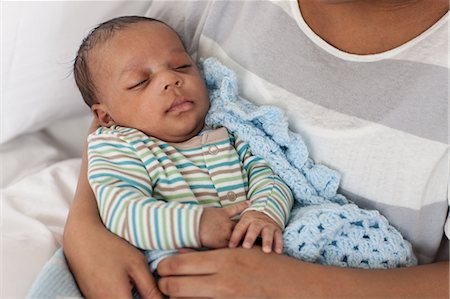 They may refer you to a pediatric eye specialist, as it may need surgery.
They may refer you to a pediatric eye specialist, as it may need surgery.
To treat conjunctivitis caused by the blocked tear duct, try a gentle warm massage with your clean hand between your baby’s eye and nasal area. For chemical conjunctivitis, the symptoms usually only last for 1-3 days after birth, so no treatment is needed. And if it’s ON, doctors usually treat that with oral antibiotics.
Is it normal and how to treat it?
Eye discharge is common in newborns and typically occurs due to a blocked tear duct. This is often treatable at home, but additional symptoms such as a yellow eye discharge require medical attention.
Eye discharge is typically harmless and self-resolving. However, discharge that occurs alongside other symptoms in the eye area, such as swelling or tenderness, could indicate an infection or another eye problem. A parent or caregiver of a newborn with these symptoms will need to consult a doctor.
This article discusses how common eye discharge is and explains how to treat it at home.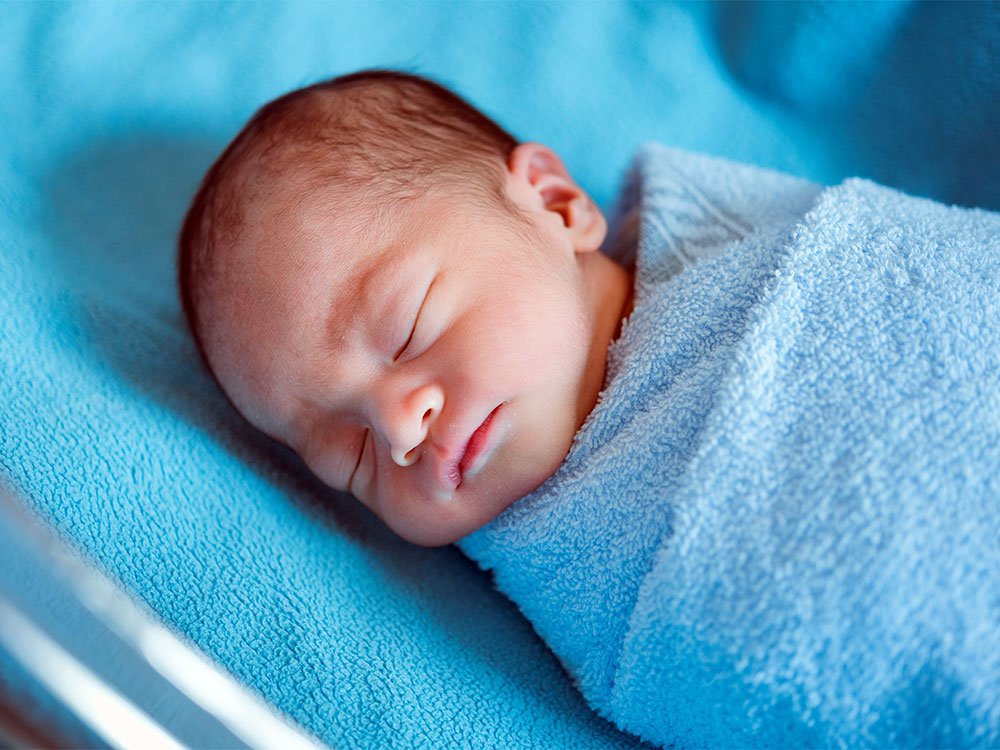 We also cover medical treatment, other causes, complications, and when to contact a doctor.
We also cover medical treatment, other causes, complications, and when to contact a doctor.
Eye discharge in newborns is common and rarely a cause for concern. A common cause of eye discharge is a blocked tear duct.
According to the American Academy of Ophthalmology, almost 20% of newborns have a blocked tear duct. This condition can occur because the end of the tear duct does not open properly when the baby is born.
Tears form in the lacrimal gland, which sits just above the eye. Tear fluid helps clean and lubricate the surface of the eye. When a person blinks, the eyelids sweep the tear fluid into these ducts, which drain it into the nose.
If something blocks a tear duct, fluid may no longer be able to drain away from the eye’s surface. Blockages can cause very watery eyes, and sticky discharge may form in the corners.
Learn more about blocked tear ducts.
Blocked tear ducts are a common cause of eye discharge in infants. However, other conditions and factors can also cause discharge.
Conjunctivitis
Eye discharge in newborns can also be a sign of conjunctivitis or pinkeye. Conjunctivitis is an inflammation of the conjunctiva, a thin membrane that protects the front of the eye. Unlike a blocked tear duct, conjunctivitis often causes the white part of the eye to appear red.
Symptoms of conjunctivitis in newborns can include:
- drainage or discharge that develops between 5 and 12 days after birth
- puffy or tender eyelids, often with skin discoloration
- red, irritated eyes
Conjunctivitis in newborns can sometimes occur alongside a blocked tear duct. However, a pregnant person can also pass on a bacterial or viral infection to their baby when giving birth, leading to conjunctivitis.
Learn more about the symptoms of eye infections.
Chemical irritation
Chemical irritation can also cause conjunctivitis in newborns. Healthcare professionals often give antibacterial eye drops to newborns to prevent infections. These eye drops can sometimes cause irritation that can result in conjunctivitis symptoms.
These eye drops can sometimes cause irritation that can result in conjunctivitis symptoms.
Learn more about eye irritation.
If the eye discharge is due to a blocked tear duct, it will usually resolve without treatment within 4–6 months.
However, wind, cold weather, and strong sunlight can also worsen symptoms, so a parent or caregiver should aim to protect a newborn’s eyes from these elements.
Clearing discharge
A parent or caregiver can often treat a newborn with a blocked tear duct at home. Before touching the area close to the child’s eyes, it is essential to wash the hands with soap and warm water to prevent infections. A person should also take care to rinse the hands thoroughly after cleaning them to avoid getting soap in the baby’s eye.
To clear away discharge, dip a clean piece of gauze or soft cloth in some lukewarm water, then gently wipe the corner of the eye. If a blocked tear duct affects both eyes, always use a new area of the cloth or gauze to clean the other eye.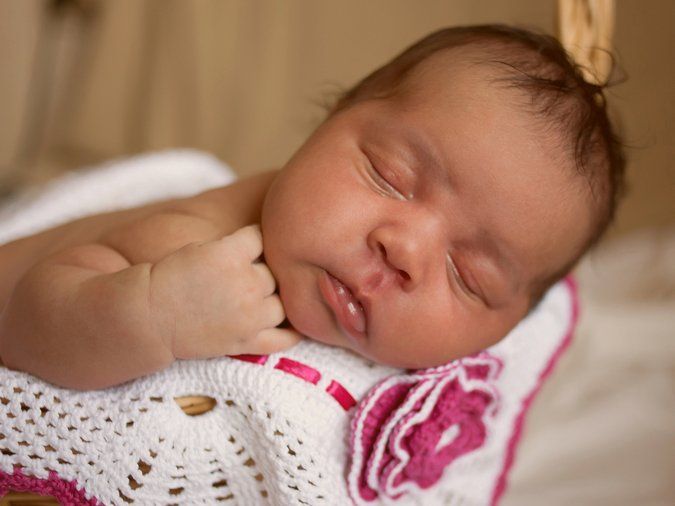
Tearduct massage
A doctor may also recommend gently massaging the blocked tear duct to help it open, and they will demonstrate how to do this safely.
To massage the tear duct:
- Lightly press the tip of the index finger against the inside bridge of the newborn’s nose, on the side of the blocked tear duct.
- Make 2 or 3 short downward strokes with the finger along the side of the nose. These should be gentle but firm.
- Perform the massage twice a day — once in the morning and once in the evening.
If the side of the newborn’s nose becomes red or swollen, stop the massage immediately and contact a doctor.
In newborns, blocked tear ducts tend to open up within several months of birth. However, medical intervention may be necessary in some cases.
Surgery
If the blockage has not gone away by the baby is 1 year of age, a doctor may recommend a medical treatment called a nasolacrimal duct probing.
This procedure involves inserting a small probe into the infant’s tear duct. By using probes that gradually increase in size, a doctor will be able to open up the tear duct. They will then use a saline solution to flush out any remaining debris.
By using probes that gradually increase in size, a doctor will be able to open up the tear duct. They will then use a saline solution to flush out any remaining debris.
Sometimes, the doctor may also insert a small tube, or stent, into the duct to keep it open.
Probing is usually successful in opening the tear duct. For children with a severe blockage, a doctor may recommend a more complicated surgical procedure called a dacryocystorhinostomy to clear out and open the tear duct.
Antibiotics
If an infection is causing eye discharge, the newborn will need prompt medical attention. To treat cases of infectious discharge, a doctor may prescribe topical, oral, or intravenous antibiotics.
Blocked tear ducts can sometimes lead to an infection called dacryocystitis. Symptoms of this condition may include:
- excessive thick discharge from the eye
- redness in the corner of the eye
- a tender bump or swelling at the side of the nose
- fever
If a newborn has any of these symptoms, a parent or caregiver should consult a doctor.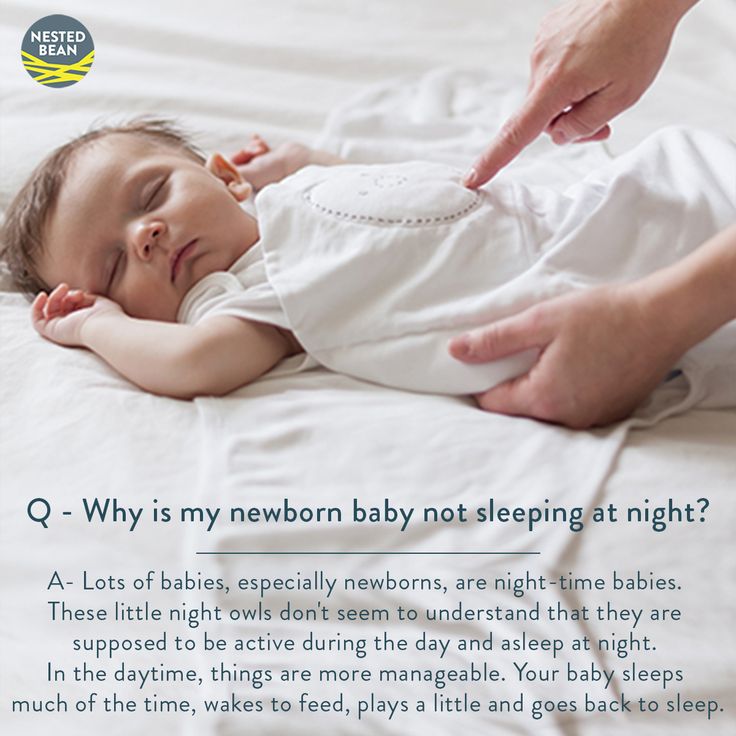
Newborns with eye discharge or very watery eyes should speak with a pediatrician or an eye doctor specializing in children, called a pediatric ophthalmologist. These healthcare professionals can diagnose the cause of the discharge and check for signs of infection.
Parents or caregivers should seek medical attention if an infant’s eye discharge persists for more than 6 months.
Newborns with signs of an eye infection require immediate medical attention. Signs of an eye infection can include:
- sore or puffy eyes
- swollen eyelids
- yellow or green pus or discharge
- a bump or swelling on the inside corner of the eye
If a parent or caregiver notices any of these symptoms, they should contact a doctor immediately.
Eye discharge in newborns is common and often results from a blocked tear duct. The blockage will usually clear up by itself within 4 to 6 months.
However, newborns with eye redness, eye discharge, or excessive watering of the eyes should speak with a doctor to diagnose the cause and rule out an eye infection.
Parents and caregivers can treat a baby with a blocked tear duct at home by wiping away any discharge and gently massaging the area twice a day. A doctor can demonstrate how to do this.
Discoloration, swelling, or soreness in the eye can indicate an eye infection. Speak with a doctor immediately if an infant has these signs.
For what reason does the child sleep with his eyes ajar
Lyubov Nekrasova, a pediatric neurologist at the Semeynaya clinic network, told Gazeta.Ru why a child can sleep with their eyes ajar.
What does it mean if a child sleeps with their eyes open?
The situation when a child, especially a small one, sleeps with their eyes ajar, often frightens parents. Is it normal to sleep with your eyes open?
Lyubov Nekrasova advised parents not to worry, because in most cases this does not indicate any dangerous condition. She recalled that sleep is divided into two phases, fast and slow. During the first, a person's temperature and pressure rise, the brain is actively working, a person may have vivid dreams, and eyeball movements occur. During the second phase, the body is relaxed, there is no movement of the eyeballs, the sleep is strong and deep. nine0003
During the second phase, the body is relaxed, there is no movement of the eyeballs, the sleep is strong and deep. nine0003
Necrosis, itching in the nose and anaphylactic shock: what an allergy looks like in a child
“The sleep of an infant begins to form long before its birth: already at the 28th week of development, the fetus begins to sleep, and from the 36th week its sleep is divided into fast and slow phases. But we must remember that the sleep of a small child is significantly different from the sleep of adults. nine0003
If adults begin to sleep from the slow wave phase, then in the first months of life, children first enter the fast phase.
The fact that babies often start sleeping with their eyes half open is in most cases associated with the fast phase,” the doctor explained.
close
100%
She added that in children, REM sleep dominates and takes up more than 50% of all sleep.
“Because of this, the child's sleep is often superficial. The features of children's sleep are such that a child can not only sleep with his eyes ajar, but also spin in his sleep, make sounds, cry, and wake up often. At an older age, in addition to sleep with open eyes in the fast phase, the child may begin sleep-talking, bruxism,” the doctor explained. nine0003
The features of children's sleep are such that a child can not only sleep with his eyes ajar, but also spin in his sleep, make sounds, cry, and wake up often. At an older age, in addition to sleep with open eyes in the fast phase, the child may begin sleep-talking, bruxism,” the doctor explained. nine0003
Nekrasova added that all these are benign phenomena associated with the age structure of sleep and treatment, for the most part, such phenomena do not require.
But if something worries parents, it is better to consult a doctor who will help find the cause of sleep disorders and explain whether sleeping with open eyes is really the norm and a feature of children's sleep or speaks of some kind of pathology.
Alarm signs include nocturnal enuresis in a child older than four years, regular sleepwalking, temporary respiratory arrest (apnea), headaches, frequent nightmares, during which it is difficult to wake him up and calm down, accompanying sleep with half-open eyes. nine0003
nine0003
close
100%
Can you sleep with your eyes open?
Nekrasova explained that it is possible to sleep with eyes open, but such a state rarely occurs, for example, in case of extreme fatigue. However, a child can sleep with half-closed eyes and still get enough sleep.
“Age norms for sleep duration are very conditional.
Yes, a baby is supposed to sleep 16 hours a day, so it comes as a surprise to many parents when a baby during the first months of life sleeps a couple of times a day for 20 minutes during the day. nine0003
In fact, he sleeps more often, it’s just that his daytime sleep is frequent short naps with half-open eyes – this does not harm the child’s development and is enough to feel good and develop normally,” the doctor said.
She added that as they get older, REM sleep becomes shorter and the child is less likely to sleep with their eyes half open. In addition, the duration of sleep decreases, but it becomes deeper, so the child's body has time to rest.
